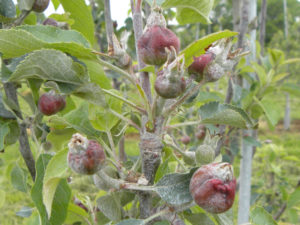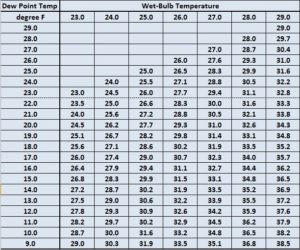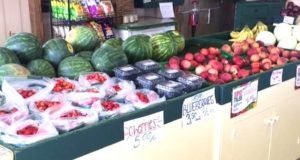An Important Message from Secretary Fisher (May 6, 2020)
“As mentioned during the Governor’s press conference this afternoon by Health Commissioner Judith Persichilli, a group led by the Department of Health, working in coordination with the Departments of Agriculture and Labor, is finalizing a Guidance Document, “COVID-19 Guidance for Migrant and Seasonal Farmworkers, Their Employers and Housing Providers.” As stated by the Health Commissioner today, this document is expected to be rolled out at the end of this week, with further communication about it coming next week.”
Details will be shared as soon as this guidance document is available.


 t webinar series, every Tuesday in May from 7:00-8:00PM to assist farmers with on-farm direct marketing operations to develop strategies for the 2020 season. This 4-part, weekly program will present and discuss the following topics:
t webinar series, every Tuesday in May from 7:00-8:00PM to assist farmers with on-farm direct marketing operations to develop strategies for the 2020 season. This 4-part, weekly program will present and discuss the following topics: ommitted to the agriculture industry and all interested in growing plants, raising livestock and essential resources related to agriculture. The program now features a new
ommitted to the agriculture industry and all interested in growing plants, raising livestock and essential resources related to agriculture. The program now features a new 
